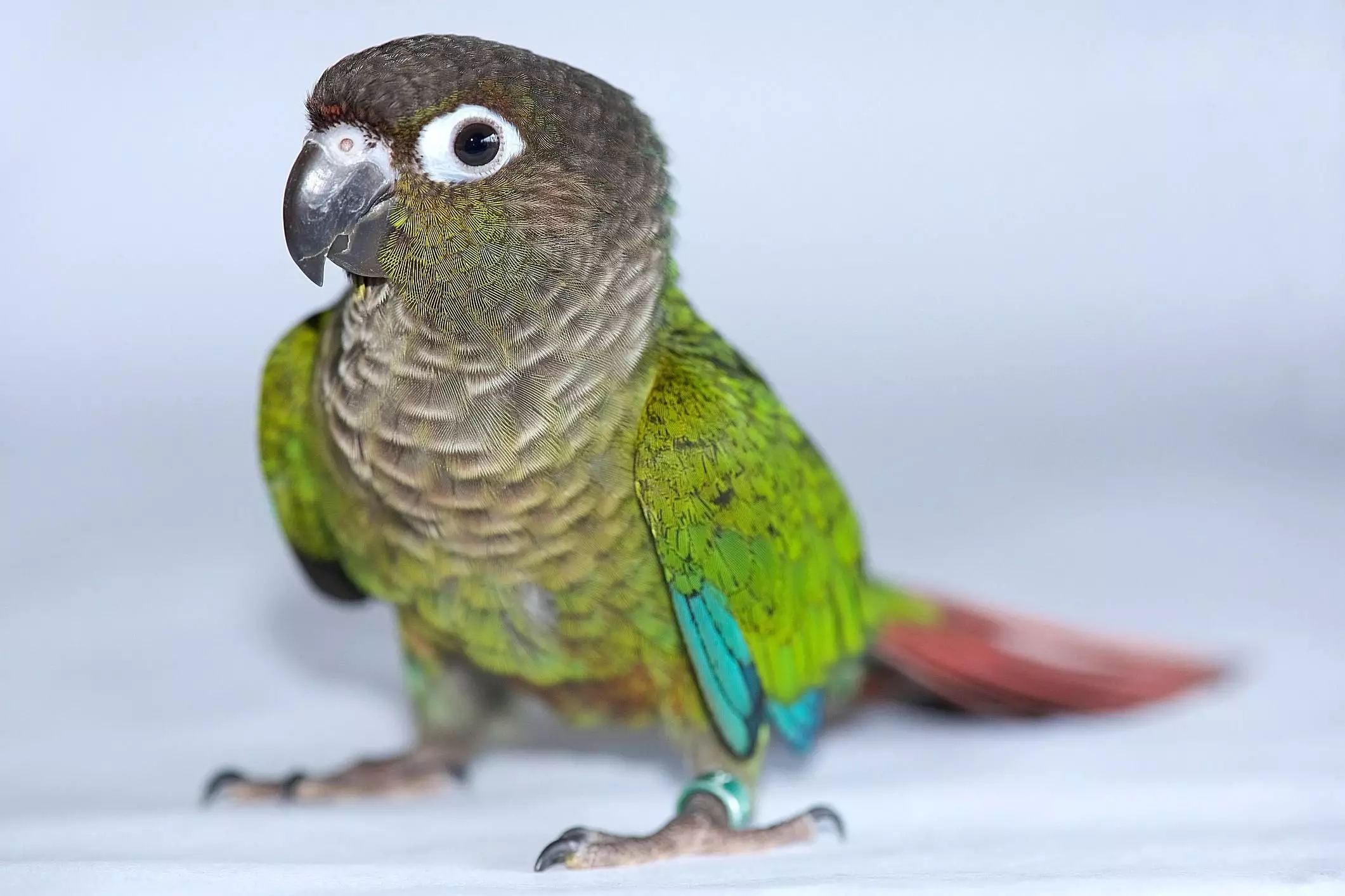Green-cheeked conures, known scientifically as Pyrrhura molinae, have rapidly gained popularity among pet enthusiasts for their small size, vibrant colors, and engaging personalities. With a range of subspecies and color variations—including the yellow-sided and cinnamon conures—these feathered companions are a delightful addition to any home. This article delves into the characteristics, needs, and requirements of green-cheeked conures, making them a suitable choice for potential pet owners.
Green-cheeked conures stand out due to their lively and affectionate nature. Their playful antics and mischievous behavior earn them a special place in the hearts of bird lovers. Unlike many larger parrot species, green-cheeked conures are less noisy, making them more conducive to apartment living or homes where sound control is a priority. They can be quite vocal, but their chatter is generally less disruptive than their larger relatives.
These birds are also relatively affordable compared to other parrots, with prices ranging from $120 to $600. This economic factor, combined with their captivating personalities, makes them an appealing option for many households. Families often find that green-cheeked conures bring joy through their antics and playful nature—qualities that can help teach children the responsibilities of pet ownership.
Adult green-cheeked conures typically measure around 10 inches in length and weigh between two to three ounces. With an impressive lifespan of over 30 years in captivity, they can easily become long-term companions. Their plumage is characterized by a harmonious blend of colors, sporting bright red markings on their chests and tails, lush green feathers on their backs and wings, and distinctive black heads.
The appearance of green-cheeked conures can vary depending on the subspecies, but they commonly exhibit rich hues that can include blue, maroon, and olive green. Breeders have also developed color mutations like the turquoise and pineapple varieties, much to the delight of enthusiasts seeking specific traits.
Green-cheeked conures are social creatures that thrive on interaction, both with their owners and potentially with other conures. They require daily socialization and stimulation to remain happy and healthy. Owners should expect to spend at least two to four hours daily engaged in activities with their pet, whether through supervised exercise outside of the cage or engaging play sessions.
Training is not only beneficial for behavior management but also enhances the bond between the owner and the bird. While these conures are not renowned for their talking ability, they can learn simple tricks and commands, showcasing their intelligence and eagerness to engage with their humans. Incorporating training into playtime can be a rewarding experience, as their natural curiosity drives their motivation to learn.
Creating a suitable habitat for a green-cheeked conure is critical for their well-being. An ideal cage should measure at least 24 inches square and 30 inches high, with adequate space for movement and play. The spacing between bars should be no more than ¾ inch apart to prevent escapes or injuries. Inside the cage, multiple perches of varying sizes will help keep the bird’s feet healthy.
In their natural environments in South America, green-cheeked conures live in flocks, so pet owners are encouraged to provide companionship, whether through social interaction with humans or by housing them with other green-cheeked conures. However, caution is advised in mixing species, as different birds can have different social needs.
A well-balanced diet is crucial for the health of green-cheeked conures. Their diet should include a variety of fresh fruits and vegetables, supplemented with a high-quality pellet food. Creative feeding strategies, like preparing a “chop” salad mixture, can ensure they receive the necessary nutrients while addressing their inquisitive nature.
Regular veterinary check-ups with an avian specialist are essential for preventing and addressing common health issues such as feather disease, bacterial infections, and dietary deficiencies. Preventive care, combined with appropriate nutrition and exercise habits, can significantly enhance the quality of life for these birds.
While charming and adorable, green-cheeked conures are a commitment that requires both time and effort. They thrive in environments that provide social interaction, mental stimulation, and a clean, safe habitat. When properly cared for, these delightful birds can become treasured members of the family, offering companionship, joy, and the gratifying experience of nurturing a living creature. For those willing to dedicate the necessary resources, adopting a green-cheeked conure can lead to years of affectionate and entertaining companionship.

